Abaco, The Treasure Of The Bahamas Out Islands



If you are into numbers, there are 16 main islands in the Bahamas and another 684 cays (pronounced keys) that push out above the ocean some 50- 400 miles off the Florida coastline and appear as a dotted string just above Cuba. Thousands of boats and sailing vessels traverse these islands yearly and it’s easy to loose your bearings: An Italian guide brought a Spanish tour group here in 1492 and proclaimed that these islands were the East Indies. Perhaps geography and navigation weren’t Christopher Columbus’s strongest assets, but as an explorer you have to admit that no matter how misguided, he was determined. This tenacious sea going attitude might explain why some 500 Spanish galleons sank after hitting reefs off the Bahamas Islands. Hundreds of more modern wrecks also litter the reefs. One traditional way to seek shelter from rough seas has been to anchor in the Sea of Abaco, which is separated from the Atlantic Ocean by a series of cays and fringing reefs and is part of the third largest reef in the world. The Abacos or Out Islands consist of some 13 islands and cays and the entire island chain contains untold generations of vast coral growth.


When the ice age seas were 400ft lower than today, rain entered the porous coral outcroppings, eroded away the limestone, and left articulate patterns and astounding designs and shapes of stalactites and stalagmites in hollowed out chambers. When the seas rose to their present height, some of the cave roofs collapsed and created blue holes. The 120-mile long chain of islands has more blue holes than anywhere else in the world. Some of them are inland, also called island bush diving, and have fresh water and/ or shrimp and blind cave fish, and other blue holes near shore or just offshore are filled with saltwater invertebrates and/or large schools of fish. Tech divers visit the Abacos Islands to dive The Abaco Blue Hole, Dan’s Cave, Ralph’s Cave, Reel Breaker, Big Blue, Starfish Blue Hole, and the Guardian Blue Hole to name a few. Ocean going recreational divers are blessed with swim troughs, enchanted and strangely illuminated caverns, and shallow holes just about everywhere you dive. Some of these hot spots include: Coral Caverns, The Catacombs, The Craters, and The Towers.
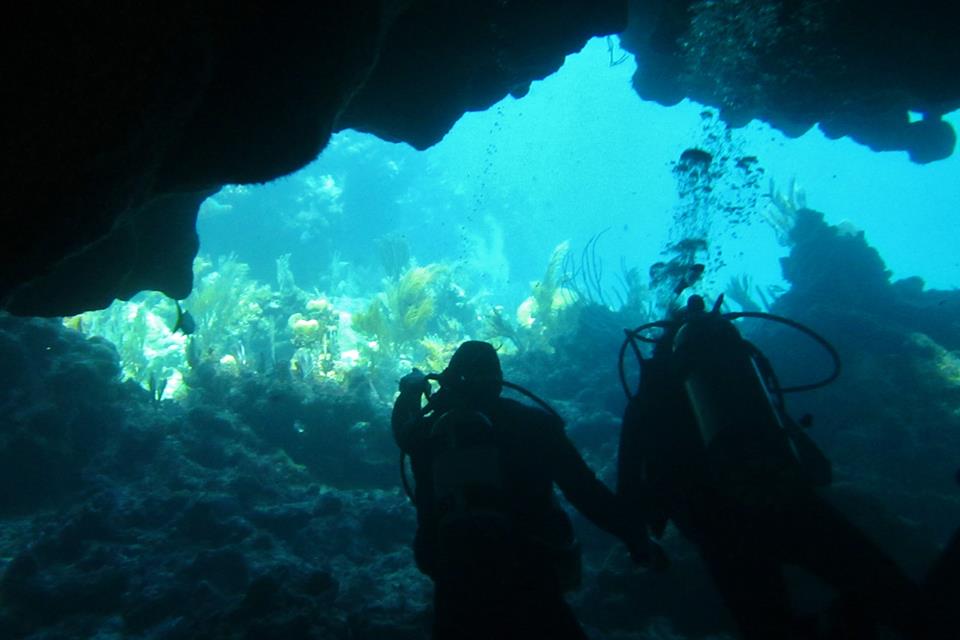

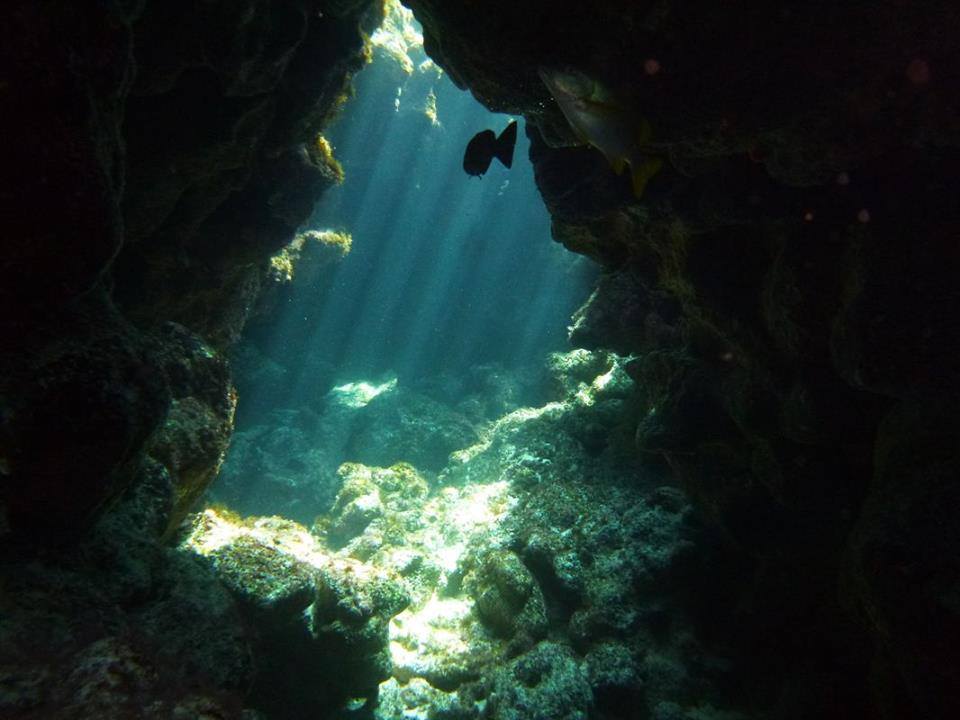
If you are into nature dives, the Abacos Islands has six national parks. Diving with the abundant sea life at the Fowl Cay Government Preserve 30-98ft deep and north of Man-O-War Cay is a must. Also do the Tarpon Dive, Coral Condos, Valley of the Sponges, Grouper Alley, Sea Gypsy Reef, and Coral Gardens. Abaco is also known for its turtle population and at the northern most island Walker’s Cay you may see up to 150 sharks on a dive and at Sandy Cay, one of four islands in the Pelican Cay National Land and Sea Park where you can expect to find the largest stand of Elkhorn coral in the world. This Sandy Cay is not to be confused with Sandy Cay south of Bimini, Sandy Cay east of Long Island, or the Sandy Cay northeast of Nassau which was the island pictured in season one of the TV show Gilligan’s Island. Yeah, Christopher Columbus wasn’t the only one who had a tough time naming the islands in the Bahamas.
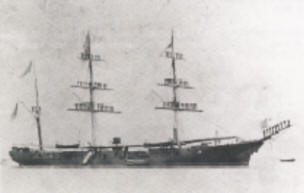


Most of the wooden wrecks from decades ago have long since been eaten away or pummeled by waves and surf, but the metal parts such as iron canons, and pieces of silver and gold are still occasionally found in the sand. The 207ft long U.S.S. Adirondack, a Union wooden screw sloop struck a reef here in 1862 a mere six months after she was launched and now two 12ft long cannons and 12 smaller canons can be seen in 10 to 30ft of water. The 234ft long S.S. San Jacinto built in 1847 was a one of the earliest American steam vessels and on blockade duty for the U.S. Navy when she ran a ground in 1865. Her remnants can be found in 40ft of water. The Train Wreck is another popular dive site where pieces of two Confederate captured and sold Union trains were being shipped to Cuba, but now they rest as scattered pieces in 10-20ft of depth.



For more information on these mentioned dives as well as the H.M.S. Mermaid, and the Violet Mitchel freighter, we recommend stopping by Brendal’s Dive Center located adjacent to the Green Turtle Club . Brendal has close to 30 years of local diving and teaching experience, having certified or taught specialty courses to over 5000 students. So even if you brought your own boat, tanks, and weights, we still say, diving with Brendal is the easiest way and most rewarding way to see the local dive sites and cays.
The Green Turtle Club Resort & Marina which was established in 1964 has been a haven for boaters, vacationers and scuba divers ever since. The marina was recently dredge even deeper and currently contains 40 slips. The resort has several types of accommodations from deluxe rooms to 3 bedroom cottages that are completely up to date, offer many amenities, ocean-views and are minutes from several spectacular white sand beaches. For dinner you may have a tough time deciding on which delicious main course item to choose. We like the seafood choices or the fresh catch of the day. Many boaters like to stay here as part of their Bahamian sea going journey. Many tourists come here for weddings, honeymoons, and family reunions in addition to those who wish to vacation actively or passively . Did we mention that the resort is also popular with former Presidents, music & movie stars, and more importantly, scuba divers?


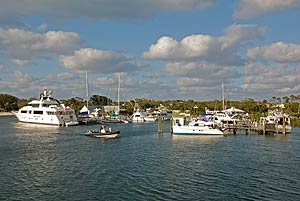
Green Turtle Cay, the Abacos Islands, and especially the town of New Plymouth first became popular when old English Loyalists had the revolutionary inspiration to flee New York in the late 1770’s. Today you can still see their architectural designs everywhere on the islands.


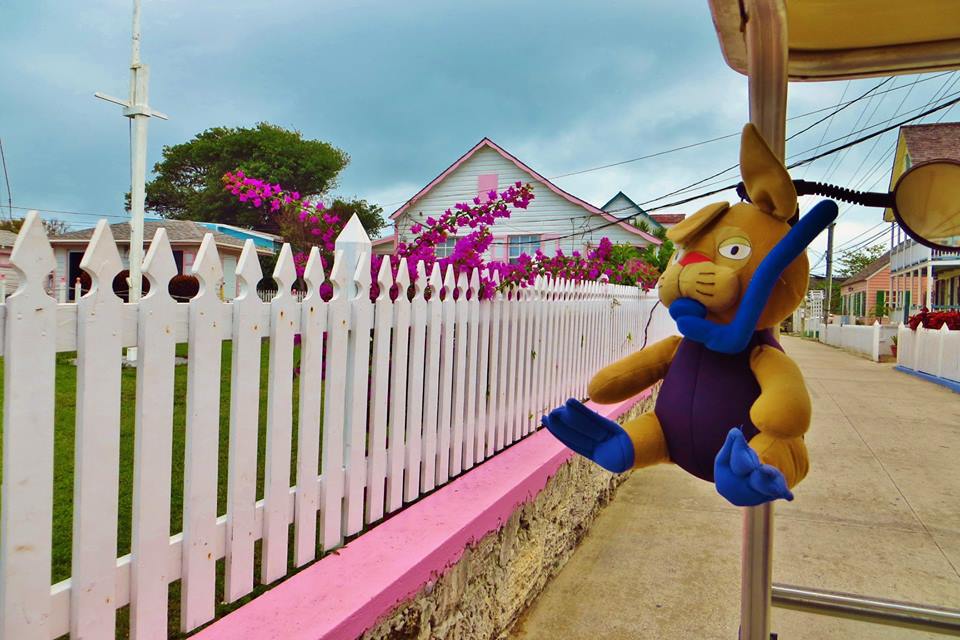
Green Turtle Cay is only 3 miles long, and nearby beaches include: White Sound Beach, Ocean Beach, Coco Bay Beach, Bita Bay Beach, and Gillam Bay Beach. To see them all and to take along lunch and snorkeling gear you really need to rent a golf cart. Yeah, that’s about as fast and furious as it gets on this island in the daytime, at night the island pace slows down even more. Green Turtle Cay is a great place to relax, lay on a white sand beach, scuba dive, rent a boat, play some golf, view Abaco Parrots, try local foods, savor Tipsy Turtle rum drinks, watch sunsets, and get ready to do any or all of it again the next day.



So why haven’t you ever heard of Abaco Island, or the Out Islands before? Perhaps it’s because it takes an incredulous long 55 minute long flight from Florida, an unbelievable 5 minute taxi ride to a ferry, and an epic 15 minute ride on a ferry filled just to get here. Who’s going to believe that a place with such world-class tech and recreational diving is such a short hop away from the USA?
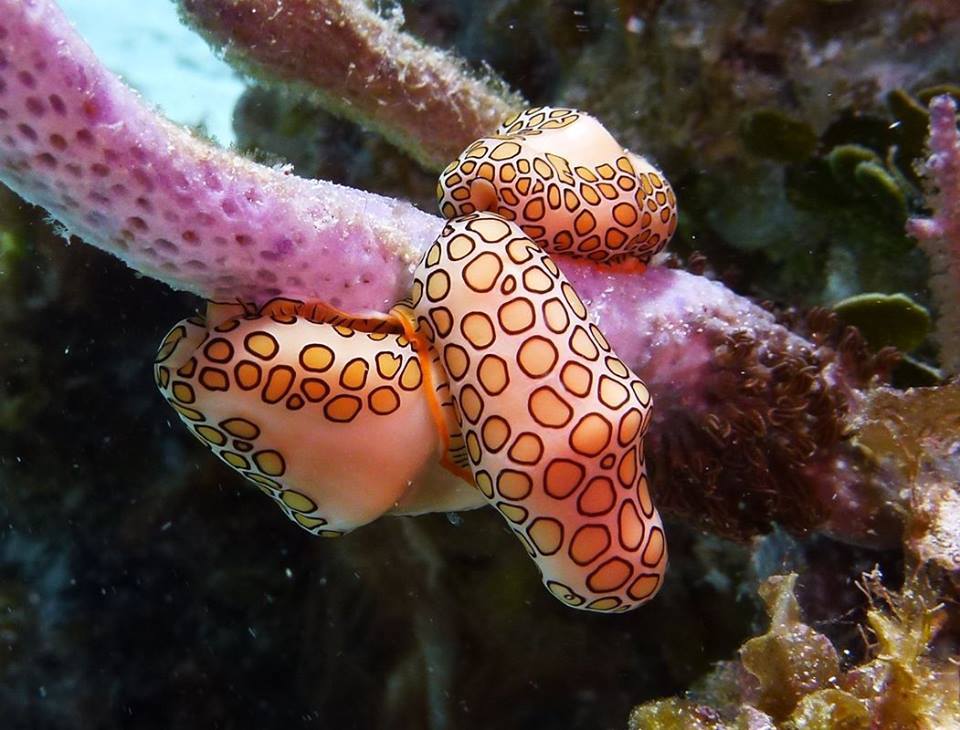


They may have run the pirates out of the Bahamas in 1718, but because of the local accommodations, beaches, blue holes, wrecks, and spectacular dive sites, scuba divers are here to stay. No doubt, word of mouth be a powerful reminder of what you can expect to discover for yourself when you visit Abaco in the Out Islands.
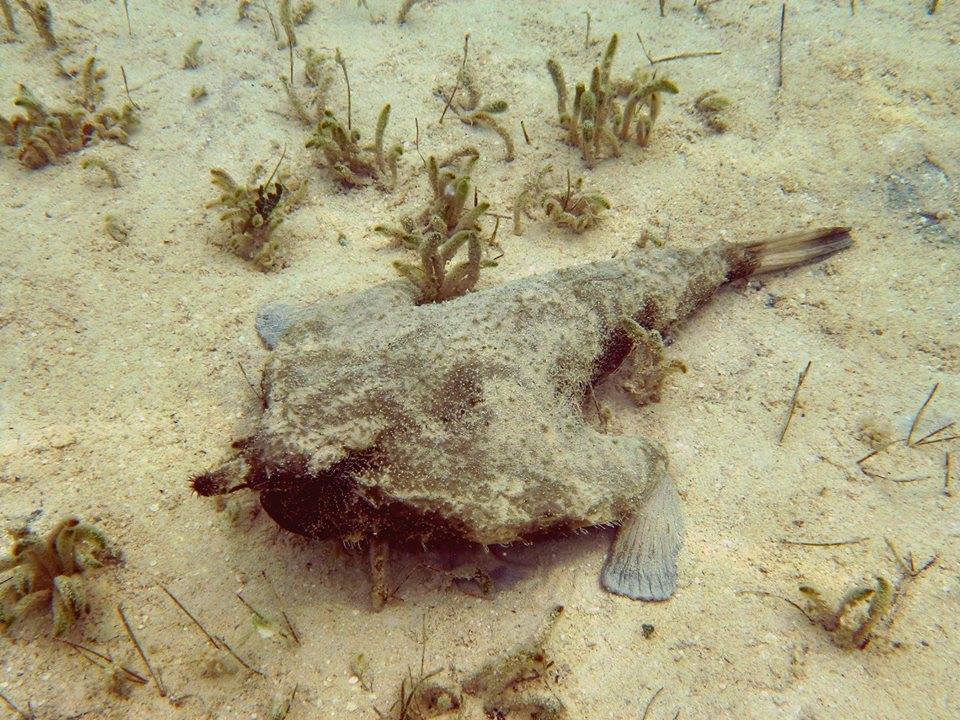


For more information on exclusive dive travel offers, competitive airfare, and how you can visit Brendal’s Dive Center and Green Turtle Club Resort and Marina, Click Here.

Recent Posts
- Eastern Malaysia, Sabah, Sipadan & More
- Ghost Pipefish, Pipefish, Seahorses, and Sea Dragons
- Australia Queensland and the Great Barrier Reef
- Tioman Islands, Malaysia
- The Riviera Maya
- The Peter Diving System
- The Bay Islands, Roatan, Utila, Guanaja, and more.
- The Cuttlefish; The Undisputed Master of Camouflage.
- The Maldives: A Garland of Islands in the Indian Ocean
- Frogfish, The Overlooked Camouflage Artist
Categories
- Australia
- Bahamas
- Bay Islands
- Belize
- Blue Hole
- Bonaire Diving
- Borneo
- Cayman Brac
- Cayman Islands
- Cozumel
- Curacao
- Cuttlefish
- Dive Destinations
- Dive Equipment
- Dive Liveaboards
- Dive Resorts / Properties
- Dive Travel
- Dive Travel Deals
- Diver Wellness
- Dolphins
- Dominica
- eagle rays
- Eagle Rays
- Family Travel
- Fiji
- Galapagos Islands
- Great White Shark cage diving
- Guanaja
- Honduras
- Indonesia
- Infographics
- Isla Mujeres
- Learning to Dive
- Little Cayman
- Maduro Dive Newsletter
- Malaysia
- Maldives
- Manta Rays
- Marine Life
- Mexico
- Micronesia
- Muck Diving
- Myamar
- Palau
- Papua New Guinea
- Pelagics
- Philippines
- Pinnacles
- Polynesia
- Reefs
- Riviera Maya
- Roatan
- Saba
- Sabah
- Scuba Diving
- Scuba Gear Reviews
- Scuba News/Events
- Scuba Training & Education
- Sea Legends
- sea lions
- Sea of Cortez
- Sharks
- Single Travel
- Sipadan
- Socorro Islands
- South Africa
- Specialties
- ST. Kitts
- Stingrays
- Tahiti
- Thailand
- The Bucket List
- Tobago
- Truk Lagoon (Chuuk)
- Turks and Caicos Islands
- Turtles
- Uncategorized
- Underwater Photography
- Underwater Video
- Utila
- Walls
- Whale Sharks
- Whales
- Wreck Diving
- Wrecks
- Yap
Archives
- January 2024
- April 2023
- March 2020
- March 2019
- January 2019
- November 2018
- September 2018
- July 2018
- May 2018
- March 2018
- January 2018
- October 2017
- September 2017
- June 2017
- April 2017
- February 2017
- January 2017
- October 2016
- August 2016
- July 2016
- May 2016
- March 2016
- February 2016
- January 2016
- December 2015
- August 2015
- June 2015
- April 2015
- January 2015
- November 2014
- July 2014
- April 2014
- February 2014
- December 2013
- November 2013
- October 2013
- September 2013
- August 2013
- July 2013
- June 2013
- May 2013
- April 2013
- March 2013
- February 2013
- January 2013
- December 2012
- November 2012
- October 2012
- September 2012
- August 2012
- July 2012
- June 2012
- May 2012
- April 2012












